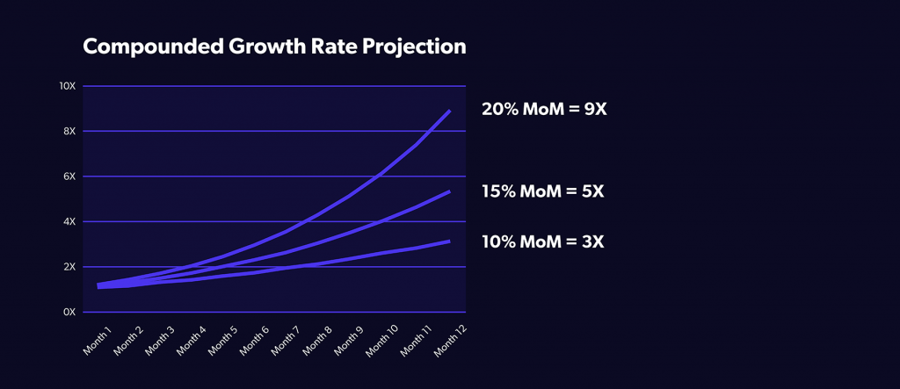Is my business ready to raise Series A funding?
So, your business is flourishing nicely, people are beginning to take notice and you’re thinking about taking the next step on your journey: the winding, but rewarding, route to Series A funding.
This is the moment when you can really start to build your business. Now, you can hire the team you’ve been dreaming of, and acquire the resources that will take you to the next level.
But it can be tricky to be sure when precisely you’re ready. The average Series A raise is $15.6 million. Is your business actually prepared to raise this much? It’s not easy to spot the tipping point, and every small business is different — but these four indicators will help you know if your SME is ready to raise a Series A.
Series A Readiness Indicator 1 – Revenue Growth

There will be a minimum growth rate expected by your investors, and if you aren’t at that point your Series A may fall through. So, how can you ensure your current growth is exactly what investors are looking for?
Month on month, you should have traction. A smooth curve showing at least six months of consistent revenue growth is great, but what investors really want to see is the beginning of an inflection point — a sharp incline in your business activity. To show this, you’ll need a month on month growth rate between 10% and 20%. When visualised on a chart, this starts to look like a hockey stick, and it’s what shows them you’re really onto something.
Simply put, you’ll know you’re ready for Series A when you’ve built a clear pathway to turbo charge your growth (and have the figures to back it up).
Series A Readiness Indicator 2 – A Flexible Strategy

A list of achievable short term goals, alongside a clear, flexible strategy to achieve your long term goals is a strong signifier you’re ready to raise Series A.
Investors respond well to a clear timeline of scalability, especially one that’s packaged with a compelling story. Think about where you want your business to be, then retrace your steps to find out how to get there. Series A investors want to see a clear path to long-term profit, so make sure you know how you’ll monetise your business and balance the books going forward.
Before going to Series A investors, you might want to test your strategy with your seed investors, mentors or team. Not only will this give you valuable inputs about the next stage of development, it’s also a great opportunity to perfect your pitching technique.
But remember, don’t let your strategy seem too rigid! Flexibility is paramount for SMEs, and any investor will expect you to be prepared for whatever curveball the market might throw your way.
Series A Readiness Indicator 3 – Market Traction

Customer feedback, repeat customers and press attention are all tell-tale signs you’ve found your market fit — and having a solid market fit is essential to securing Series A.
If you went through a seed phase, you would have demonstrated there was an issue that your service or product could fix. But knowing you’re ready for Series A is all about proving people actually want the solution you’re offering. Having a customer base that not only love your product/service, but one that resonates with your story, engages with your marketing and connects with your brand are strong indicators that you’re about to take your first steps on the path to Series A funding.
Series A Readiness Indicator 4 – Cross the Ts and dot the Is

While the above indicators are big chunks of your journey to Series A readiness, there are many smaller details that SMEs approaching this stage of growth should be ticking off. Think of the above as the foundations of your house, and these requirements as the nails and bolts that hold it together.
So do the simple stuff properly. Have your paperwork in easily accessible formats, with as up to date information as possible. Investors will want to see this, and document sharing features such as those on Microsoft Teams make this much easier. Having everything in order and ready to present at the click of a mouse shows them that you mean business.
Also, don’t forget to:
- Engage your team and ask for their support
- Focus on VCs who are right for your unique business needs, that can act as a complimentary charge to your growth.
- Remember the 30-10-2 rule
Time to buckle up?
The journey to Series A is long and difficult, but hopefully our indicators will act as a trusty map, letting you know exactly where you’re currently at.
OneMSP actively works with startups before, during and after their raise, to help them get the next stage of growth off on the right footing. We’re always along for the ride, and are passionate about getting you from (Series) A to B.
To find out how OneMSP can help you along your journey, get in touch.